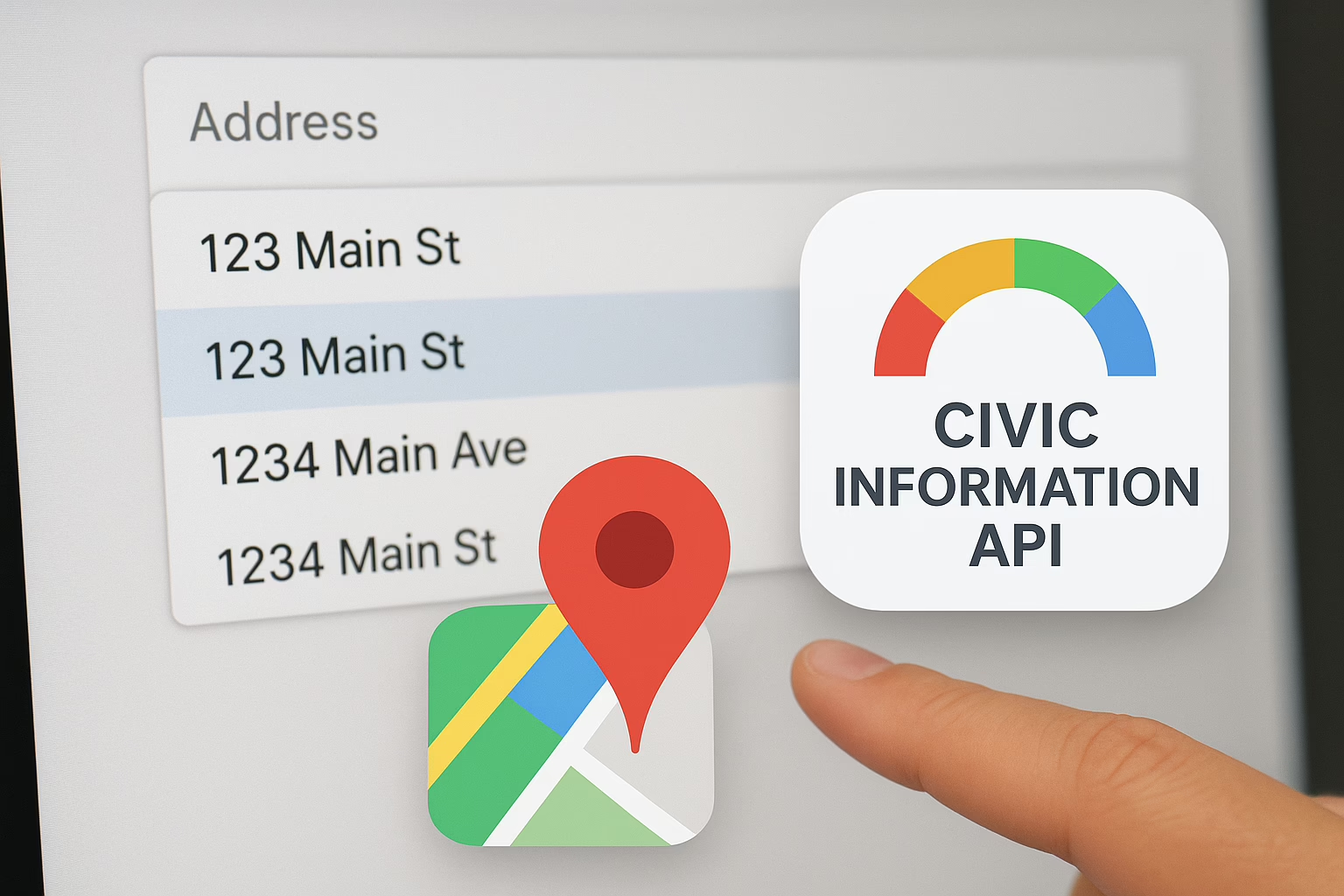Concurrent programming, the art of executing multiple tasks simultaneously, is a crucial skill in modern software development. Google developed Go, a statically typed language that has gained popularity for its built-in support for concurrent programming.
In this blog post, we’ll explore the fundamentals of concurrent programming in Go and also provide practical examples to help you master this powerful aspect of the language.
Concurrency vs Parallelism
Begin by clarifying the difference between concurrency and parallelism. Concurrency involves managing multiple tasks, potentially interleaving their execution, while parallelism is the simultaneous execution of multiple tasks. Use code snippets to illustrate a simple concurrent program in Go.
package main
import (
"fmt"
"sync"
"time"
)
func main() {
var wg sync.WaitGroup
wg.Add(2)
go printNumbers(&wg)
go printLetters(&wg)
wg.Wait()
}
func printNumbers(wg *sync.WaitGroup) {
defer wg.Done()
for i := 1; i <= 5; i++ {
time.Sleep(500 * time.Millisecond)
fmt.Printf("%d ", i)
}
}
func printLetters(wg *sync.WaitGroup) {
defer wg.Done()
for char := 'A'; char <= 'E'; char++ {
time.Sleep(300 * time.Millisecond)
fmt.Printf("%c ", char)
}
}
Goroutines and Channels
Introduce Goroutines, lightweight threads managed by the Go runtime, and Channels, the communication mechanism between Goroutines. Demonstrate how Goroutines can be used for concurrent execution, and how Channels facilitate safe communication between them.
package main
import (
"fmt"
"sync"
)
func main() {
var wg sync.WaitGroup
msgChannel := make(chan string)
wg.Add(2)
go produceMessage(msgChannel, &wg)
go consumeMessage(msgChannel, &wg)
wg.Wait()
close(msgChannel)
}
func produceMessage(ch chan<- string, wg *sync.WaitGroup) {
defer wg.Done()
for i := 1; i <= 5; i++ {
ch <- fmt.Sprintf("Message %d", i)
}
}
func consumeMessage(ch <-chan string, wg *sync.WaitGroup) {
defer wg.Done()
for msg := range ch {
fmt.Println("Received:", msg)
}
}
Mutex and Synchronization
Discuss the importance of synchronization in concurrent programming and introduce Mutexes as a mechanism to control access to shared resources. Below is an example where Mutexes are used to avoid data race conditions.
package main
import (
"fmt"
"sync"
)
var counter = 0
var mutex sync.Mutex
func main() {
var wg sync.WaitGroup
for i := 0; i < 5; i++ {
wg.Add(1)
go incrementCounter(&wg)
}
wg.Wait()
fmt.Println("Final Counter:", counter)
}
func incrementCounter(wg *sync.WaitGroup) {
defer wg.Done()
for i := 0; i < 100000; i++ {
mutex.Lock()
counter++
mutex.Unlock()
}
}
Select Statement and Timeout
Explore the select statement in Go, which allows Goroutines to wait on multiple communication operations. Illustrate how select can be used with a timeout to prevent Goroutines from blocking indefinitely.
package main
import (
"fmt"
"time"
)
func main() {
ch := make(chan string)
go func() {
time.Sleep(2 * time.Second)
ch <- "Data received"
}()
select {
case msg := <-ch:
fmt.Println(msg)
case <-time.After(1 * time.Second):
fmt.Println("Timeout: No data received")
}
}
Conclusion
Wrap up the blog by summarizing the key concepts of concurrent programming in Go. Encourage readers to experiment with Goroutines, Channels, Mutexes, and the select statement to build scalable and efficient concurrent programs. The blog also emphasizes the importance of mastering concurrent programming for creating responsive and high-performance software in today’s multi-core and distributed computing environments.
Sreyas is a prominent software and mobile app development firm, boasting extensive expertise in UI/UX design. Our global presence allows us to offer a comprehensive range of services, including data migration, database management, web hosting, infrastructure management, and more, to clients worldwide.







